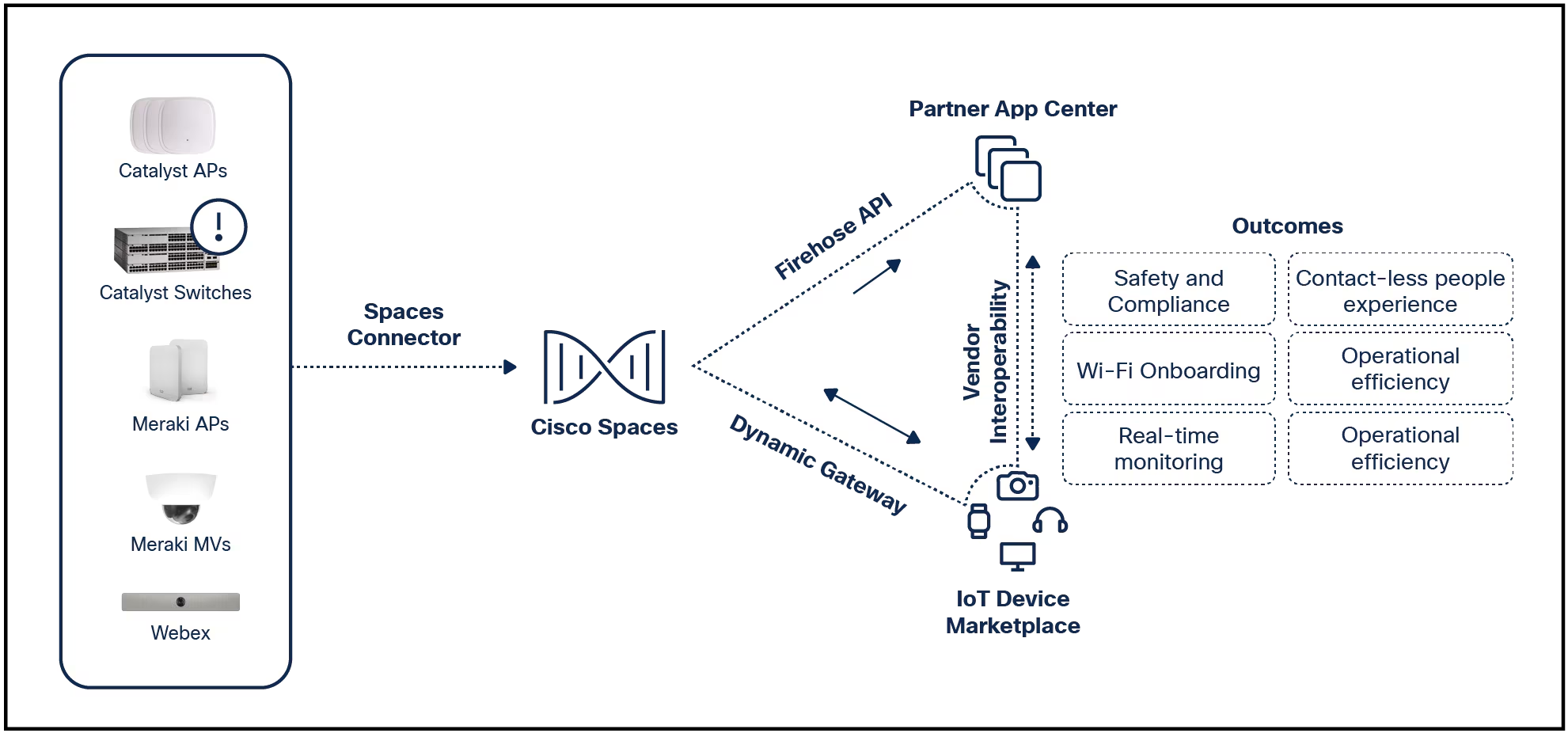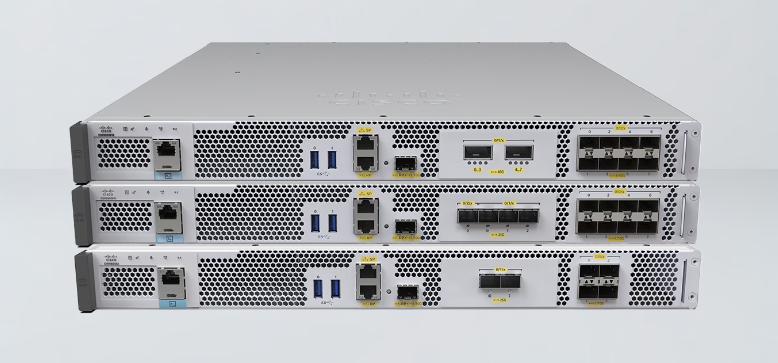































Earlier this year, Los Angeles Unified School District announced a$30 Million deal with Apple to distribute iPads to every single one of their estimated 650,000 students. This marks a milestone in public education as the first ever school district to deploy this kind of device to each and every student. Over the past several years there have been many pilots and test classes involving the oft-named 'one to one' approach to technology in the classroom; one device for each learner, however there has not been a rollout of this scale, anywhere.
How does this shape the future of education for LAUSD students, and more importantly, how does this reflect on the evolution of the classroom for the 21st century student?
I'm not an educator, but I do work in education. Specifically, I am involved in supporting the classroom technology for a public K-12 school district. As a father of a 2 year old also, I often look to the future and wonder what education for my son will look like in a few years when he is ready to step into the classroom.
School is already much different from when I first stepped into public education as a student. Teachers talked and students listened (or else!) and the information path was very linear. Information went straight from the teacher at the front of the room down to the student sitting in the desk. Other times it came from a textbook, with children quietly reading an assigned chapter from a dog-eared, scribbled on tome of knowledge.
The classrooms of today are much more interactive and less authoritarian. While teachers remain the classroom 'authority', their role is that of a facilitator, there to guide the learning towards a shared objective, and to exchange ideas and interact with the students to make the process of education much more balanced. Information flow here is no longer linear, it relies on an exchange of ideas between student and teacher and a collaborative environment that fosters self-directed learning.
As Nicholas Negroponte, founder of One Laptop Per Child (OLPC), points out, modern student learning is more about "thinking about thinking" and "learning about learning".
Project work has also evolved significantly. When it came time for an essay or other class presentation, the student of the 20th century relied on hours spent in a library looking up facts in encyclopedias and microfiche archives of newspapers.
The modern learner has instant and immediate access to The Internet. The contrast in the amount of information available to 21st century students is unfathomable compared to only 10,15, or 20 years ago.
Classrooms of today continue to join the Internet of Everything with connected laptops, tablets, smart boards, and interactive displays. As these devices evolve I believe we will continue to see the evolution of education driven towards a student-driven curriculum, where children will first "learn to learn" and then develop the freedom to choose their own path based on personal interests and self-discovery. The fundamental skills, the "Three R's" of reading, writing and arithmetic remain core skills that must be mastered before this becomes possible, of course.
Critical to the success of all of these things remain the teacher. Someone to guide the students, perhaps rather than 'teach' per se, and allow them the freedom to learn and question and rethink the subjects they are investigating. The evolution of the classroom begins with the evolution of this role, and the modern teacher.
The LAUSD iPad program will be the first of its kind to bridge all teachers in a school district with a full one-to-one deployment of this kind of interactive technology. In order for this to succeed resources must also be invested in the teaching staff, and their understanding of iPads and how best to use them in a classroom. Teachers themselves must also learn and exchange ideas in this regard, and become experts in the new style of classroom they are building there.
An iPad or similar device in the hands of every student does not immediately create "The Connected Classroom" but it is certainly a first step. The success of technology in the classroom is still dependent ultimately on the teacher who must also embrace and understand how to appropriately use this technology to facilitate learning with the 21st century student.
What other challenges might those involved with IT in Education face as the Internet of Everything makes its way into the classroom?
 Hot Tags :
Education
Internet of Everything (IOE)
IoE
iPad
#CiscoChampion
connected classroom
guest blogger
lausd
Hot Tags :
Education
Internet of Everything (IOE)
IoE
iPad
#CiscoChampion
connected classroom
guest blogger
lausd